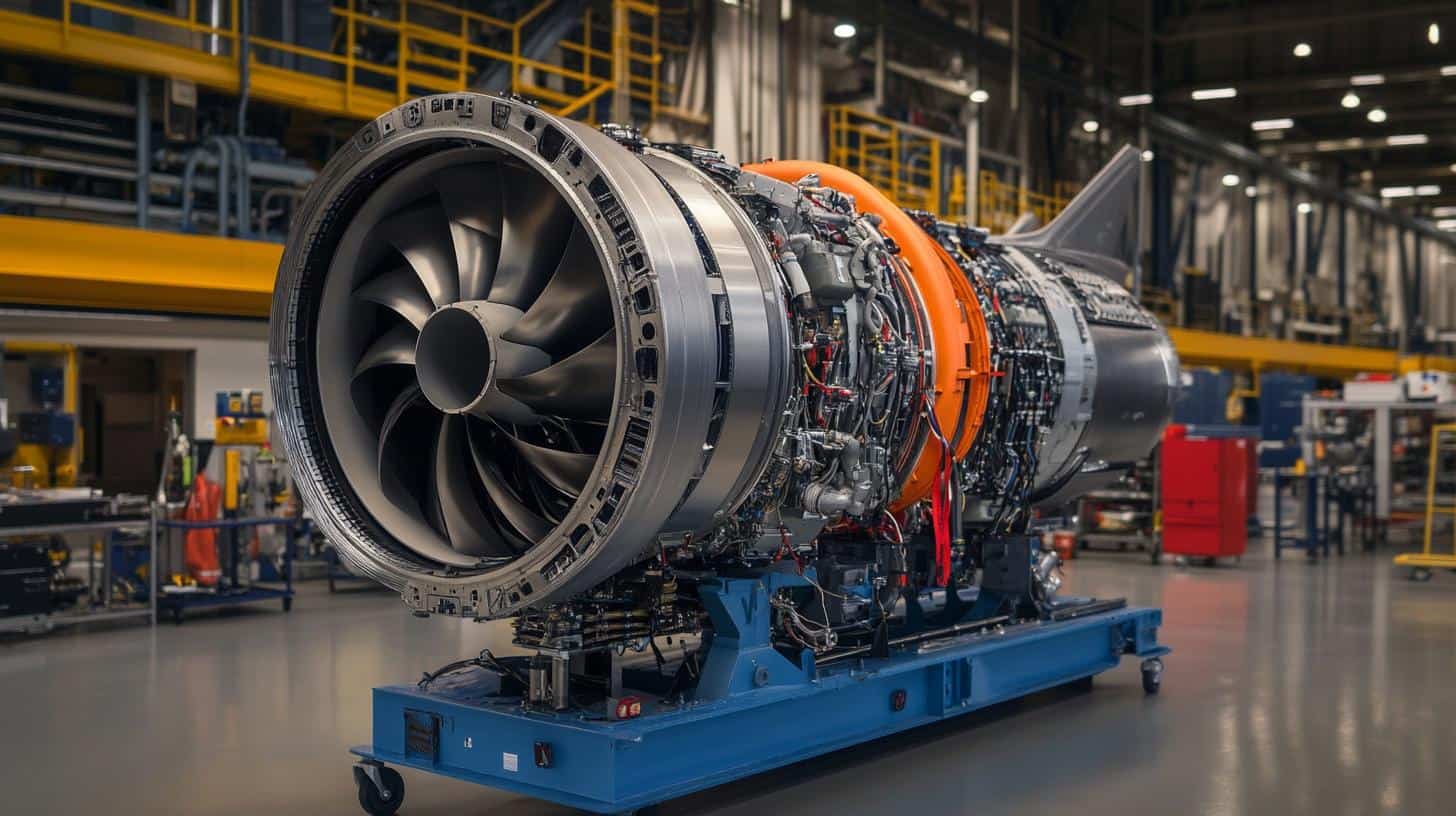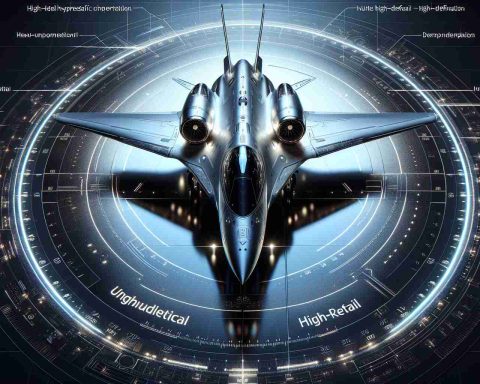The defense and aerospace sector is abuzz with the ongoing developments surrounding the potential integration of the XA100 adaptive cycle engine into the Lockheed Martin F-35 Lightning II. The prospect of such an upgrade, while not imminent, has drawn attention due to its promise of significantly enhancing the performance capabilities of this renowned stealth fighter jet.
The XA100 engine, developed by General Electric, represents a breakthrough in aviation technology. It is an adaptive cycle engine designed to offer transformational performance improvements in terms of thrust, fuel efficiency, and thermal management. These benefits align with the evolving demands of modern aerial combat, where adaptability and efficiency are paramount.
At the heart of the XA100’s design is its three-stream architecture, which allows the engine to optimize its performance for a variety of conditions. This adaptability can lead to a significant increase in thrust—up to 10% more compared to current F-35 engines—as well as a 25% improvement in fuel efficiency. Such improvements not only enhance the aircraft’s combat range and time on station but also maintain its stealth capabilities more effectively due to better heat management.
Lockheed Martin’s interest in the XA100 is driven by the need to ensure that the F-35 remains at the cutting edge of military aircraft technology. As threats evolve, so too must the capabilities of defense platforms. The integration of the XA100 could provide the F-35 with new operational advantages, ensuring it remains a formidable asset for air superiority.
Despite the potential benefits, the integration of the XA100 into the F-35 fleet is not without challenges. The adaptation of a new engine requires extensive testing and validation to ensure compatibility with the existing airframe and onboard systems. Furthermore, any retrofit program would need to be economically viable, considering the significant investments already made in the current Pratt & Whitney F135 engine.
Nevertheless, the prospect of upgrading the F-35 with the XA100 engine is a testament to the ongoing commitment within the defense industry to push the boundaries of what is possible in aerospace technology. As Lockheed Martin continues to explore this transformative opportunity, the possibility remains an intriguing development in ensuring the F-35’s dominance in aerial warfare well into the future.
While not on the immediate horizon, the potential incorporation of the XA100 engine into the F-35 portfolio symbolizes the relentless pursuit of innovation that defines Lockheed Martin and its collaborators. The challenges are formidable, yet so are the rewards, promising a new era of performance and capability for the world’s most advanced fighter jet.
Increasing the Throttle: The Exciting Possibilities of Adaptive Cycle Engines
The aerospace and defense industry is in a constant state of evolution, always pushing towards the next leap in technology to maintain air superiority and operational effectiveness. The conversation about integrating the XA100 adaptive cycle engine into the Lockheed Martin F-35 Lightning II is a prime example of this pursuit of excellence. Let’s explore some tips and intriguing facts related to adaptive cycle engines and the broader implications for the aerospace sector.
Understanding Adaptive Cycle Engines
Adaptive cycle engines, like the XA100 developed by General Electric, represent a cutting-edge advancement in jet propulsion technology. These engines are designed to automatically switch between operating modes to maximize efficiency and performance based on flight conditions. They combine the capabilities of traditional turbojet and turbofan engines, making them highly versatile.
Tips for Understanding Aviation Technology:
– Stay informed about industry trends: Innovations in aviation often have long development cycles. Following industry leading companies like General Electric and Lockheed Martin can provide insights into upcoming technologies.
– Learn about aviation engineering basics: Understanding basic concepts such as thrust, fuel efficiency, and thermal management can deepen appreciation for advancements in engine technology.
Interesting Facts about the XA100 Engine:
1. Three-Stream Architecture: Unlike conventional jet engines that employ a dual-stream design, the XA100’s third stream offers enhanced efficiency and adaptability, optimizing performance under diverse conditions. This increases thrust by up to 10% and improves fuel efficiency by 25%.
2. Enhanced Combat Efficiency: The improved efficiency directly translates to extended combat range and longer station times, crucial for modern military operations.
3. Thermal Management: Effective heat management helps maintain the F-35’s stealth capabilities, which are vital for avoiding radar detection in hostile territories.
Broader Implications for Aerospace Technology:
The integration of adaptive cycle engines like the XA100 is more than just an upgrade; it’s a potential paradigm shift in how military aircraft are powered. This technology embodies the defense sector’s relentless drive towards more efficient, powerful, and versatile airframes.
– Economic Considerations: Retrofitting existing aircraft fleets involves significant cost analysis and operational logistics, balancing new investments against the benefits of enhanced performance.
– Test and Validation: Before widespread adoption, extensive testing is mandatory to ensure these engines are compatible with existing aircraft systems and airframes.
As the aerospace industry keeps pace with new threats and operational demands, the commitment to innovation remains a critical driver in maintaining technological superiority. The potential integration of the XA100 engine not only promises remarkable improvements for the F-35 but also signals a broader shift towards more adaptable and efficient propulsion systems for future military aircraft.
Stay informed and keep your curiosity fired up about the future possibilities in aerospace technologies by following developments from key industry players and learning from experts in defense and aviation sectors.

















